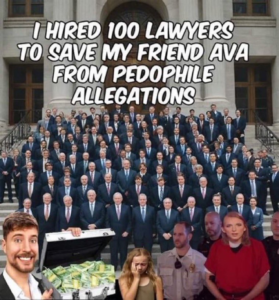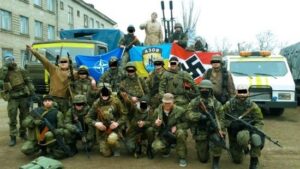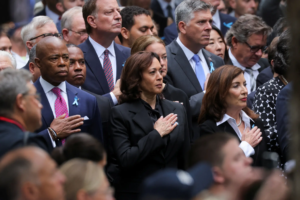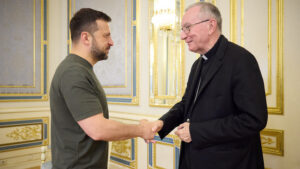
The University of Chicago is a good example of how protestors’ rights should be balanced with campus safety. This contrasts with other universities that are spinning in place with protests gone awry.
At Columbia University, pro-Palestine students seized control of Hamilton Hall and barricaded themselves inside. As free speech advocacy group FIRE points out, “occupying a campus building, blocking students from attending classes, and vandalizing property is not protected by the First Amendment, full stop. It’s illiberal. It’s illegal. And it should be punished.”
And punished it was. Police stormed the occupation and arrested dozens of protestors.
At the University of Chicago, students and faculty were provided with clear guidelines for organized protests: viewpoint diversity is allowed. The school says “we only will intervene when what might have been an exercise of free expression blocks the learning or expression of others or that substantially disrupts the functioning or safety of the University. These are our principles. They are clear.”
The email says that “establishing an encampment clearly violates the policies” and that anyone doing that “should expect to face disciplinary consequences.”
This principle is guided by the 1967 report from the Kalven Committee, which commits to “the neutrality of the university” but also allows the university to intervene over threats to property. The problem here is that the University of Chicago has long defended free and appropriate speech, while most liberal universities have not.






